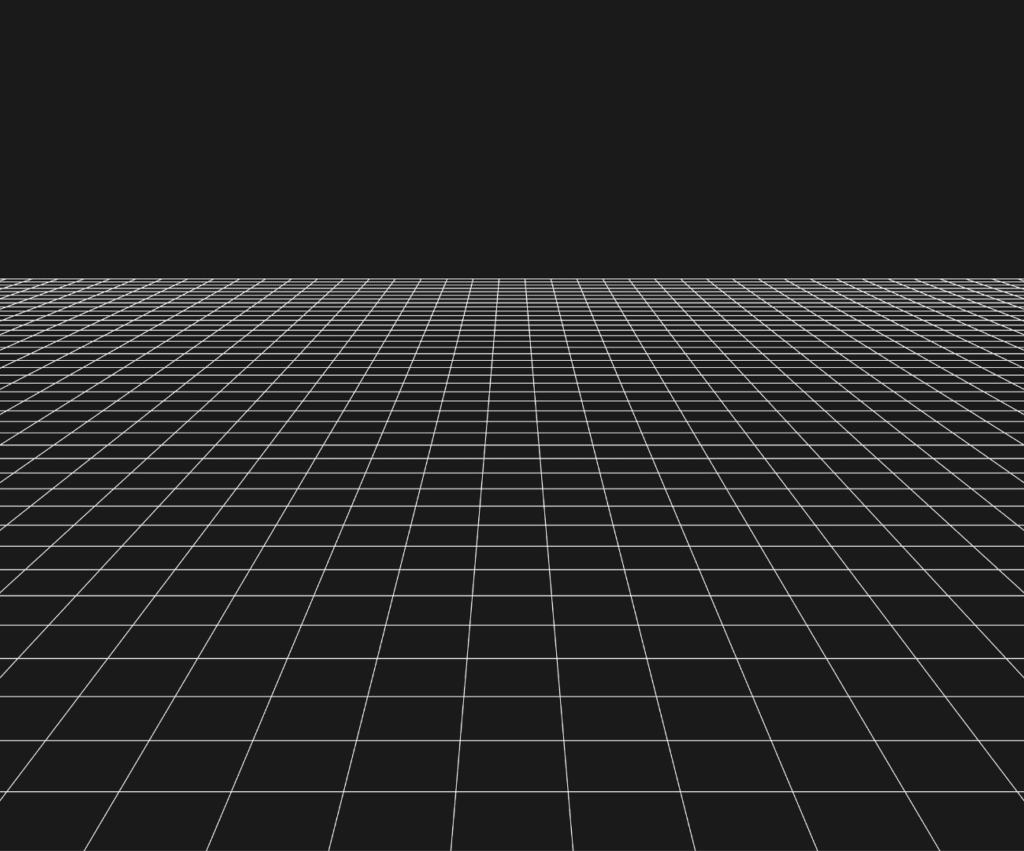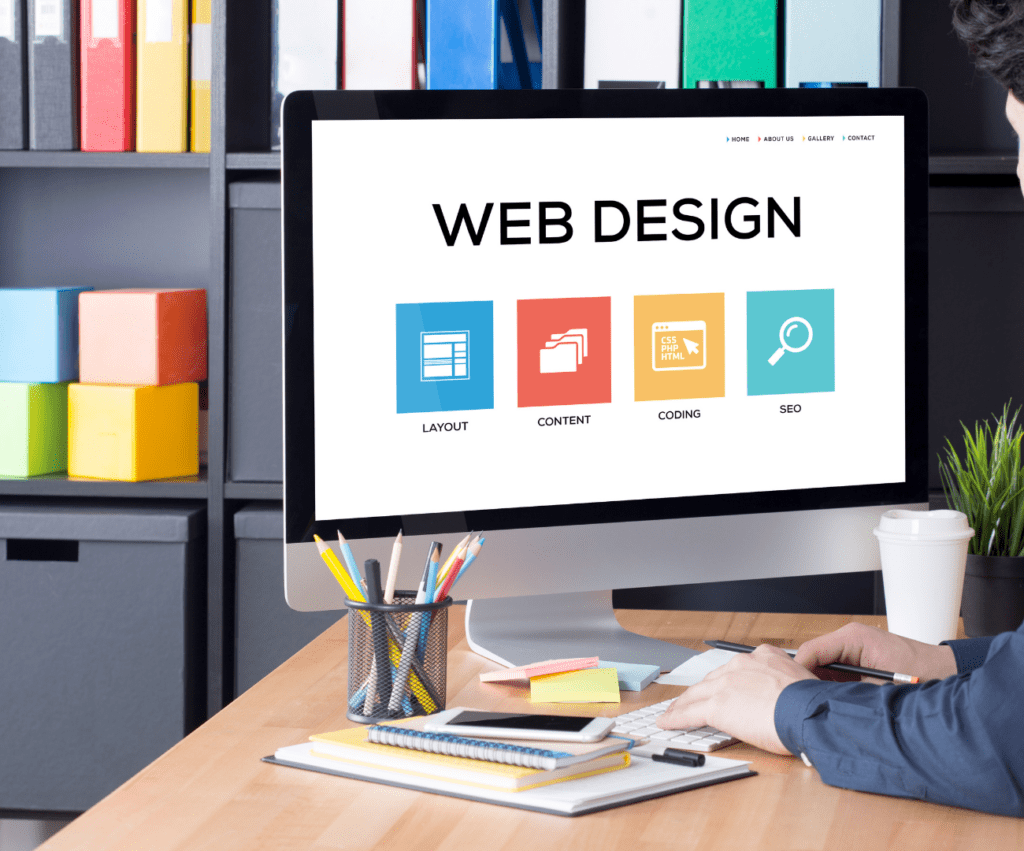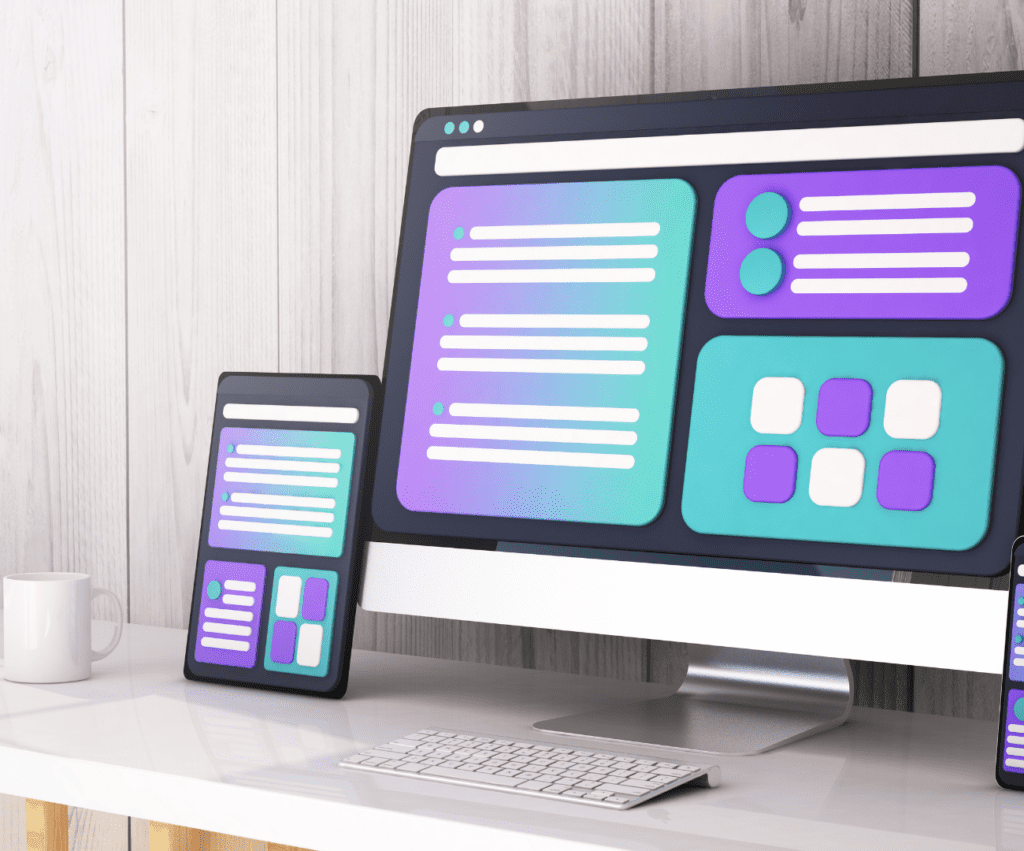Grid systems are an essential tool for web design that provide a framework for organizing and aligning elements on a web page.
Grid systems in graphic design consist of a set of horizontal and vertical lines that create a series of columns and rows, forming a grid-like structure.
Why Grid Systems In Graphic Design Are Important

Consistency and Structure:
Grid systems in graphic design bring consistency to the layout of a web page by providing a structured framework. They establish a consistent rhythm and alignment for elements, creating a cohesive and visually pleasing design.
Alignment and Balance:
Grid systems in graphic design help designers align and balance elements on a web page. By snapping elements to the grid, designers can ensure that they are evenly spaced, aligned with other elements, and maintain a balanced composition.
Responsive of Grid Systems in Web Design:
Grid systems in web design are particularly useful in creating responsive web designs. By defining a flexible grid structure, designers can easily adapt the layout to different screen sizes and orientations, ensuring optimal usability across various devices.
The Efficiency of Grid Systems in Web Design and Development

Grid systems in web design streamline the design and development process.
They provide a reference system for placing elements, allowing designers to work more efficiently and reducing the need for manual calculations and adjustments.
Modular Design and Reusability:
Grid systems encourage a modular approach to web design, where components can be easily arranged and reused within the defined grid structure.
This modularity promotes consistency and scalability in design, making it easier to maintain and update websites.
Visual Hierarchy:
Grid systems help establish a clear visual hierarchy by defining the relative sizes and positions of elements. This aids in emphasizing important content, guiding the user’s attention, and enhancing the overall user experience.
Collaboration and Communication:
Grid systems serve as a visual reference that facilitates collaboration between designers, developers, and other stakeholders. They provide a common language for discussing layout and positioning, ensuring a shared understanding and efficient communication.
Grid-Based Frameworks and Tools:
Numerous grid-based frameworks and tools, such as Bootstrap, Foundation, and Grid Layout in CSS, provide ready-made grid systems and responsive design features. These frameworks simplify the implementation of grid-based layouts and expedite the development process.
Example of a Grid System in Web and Graphic Design

One popular example of a grid system used in both web and graphic design is the 12-column grid system.
This grid system divides the layout into 12 equally sized columns, providing a flexible framework for arranging and aligning elements. Here’s an example of how the 12-column grid system can be applied in both web and graphic design:
Web Design:
In web design, the 12-column grid system is often used to create responsive layouts that adapt to different screen sizes. For instance, a web page may be divided into rows and columns, with each column occupying a specific number of grid units.
In this example of a grid system, the row is divided into three equal-width columns, each taking up 4 grid units out of the total 12. This allows the layout to adjust and stack the columns vertically on smaller screens while maintaining a horizontal arrangement on larger screens.
Graphic Design:
In this example of a grid system, the 12-column serve a layout guide for printed materials such as brochures, magazines, or posters. Designers can use the grid system to create a consistent and balanced composition.
All in all, grid systems are an essential tool for web designers as they bring consistency, structure, and efficiency to the design process.
They enable designers to create visually appealing, well-balanced, and responsive web layouts while fostering collaboration and streamlining development efforts.


